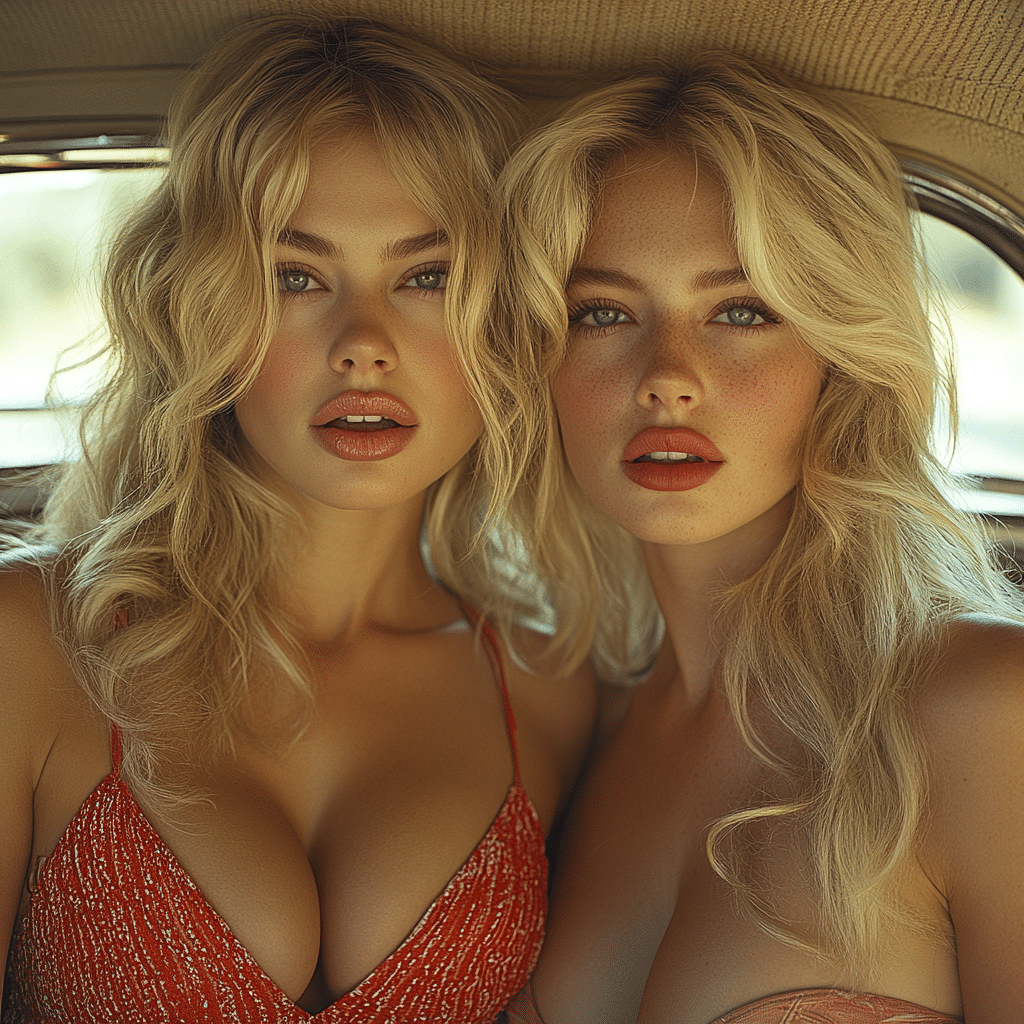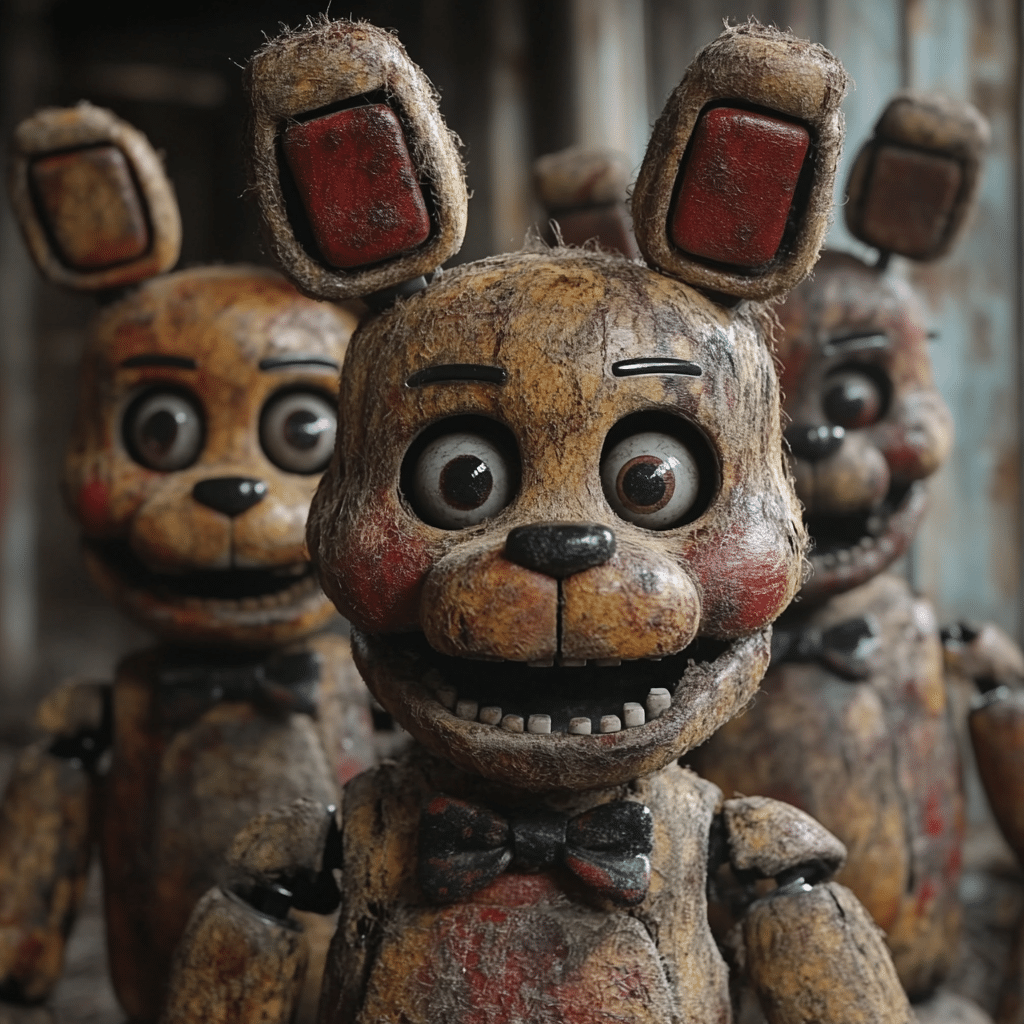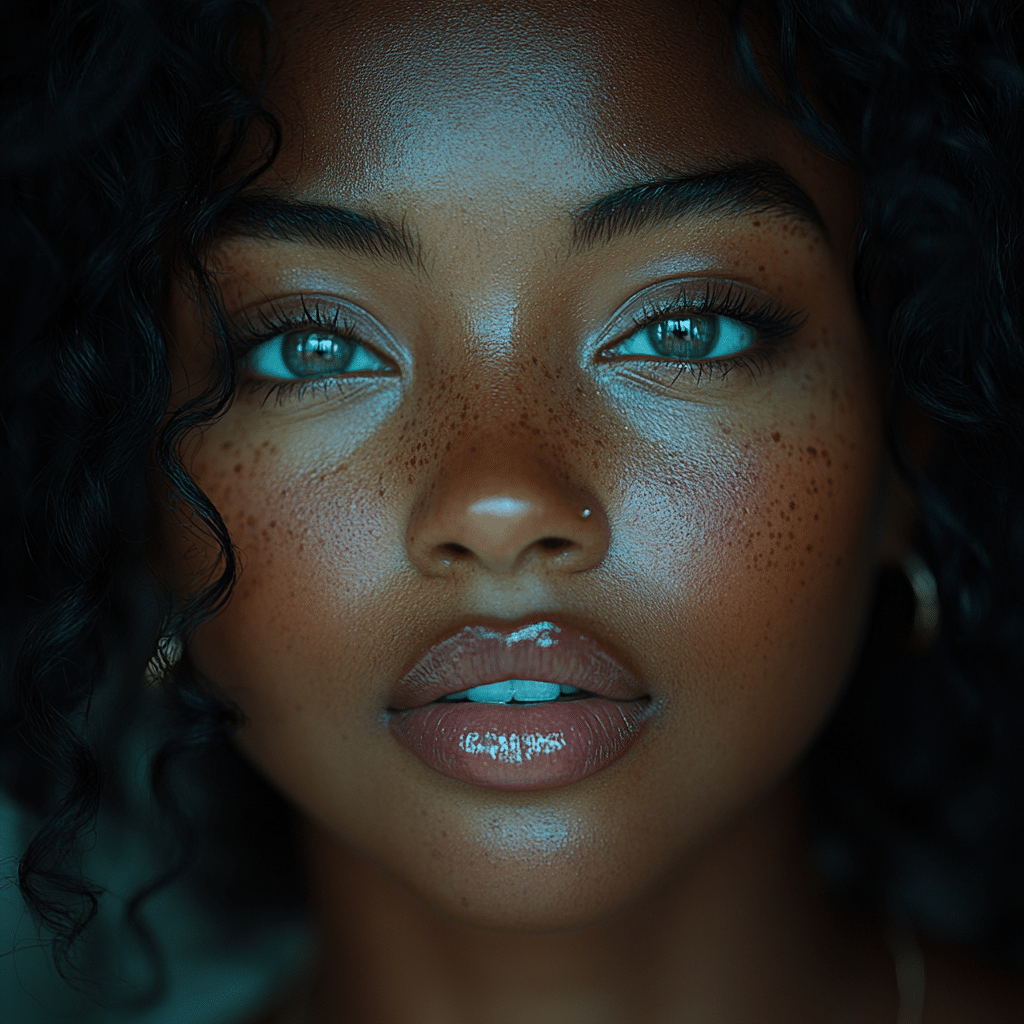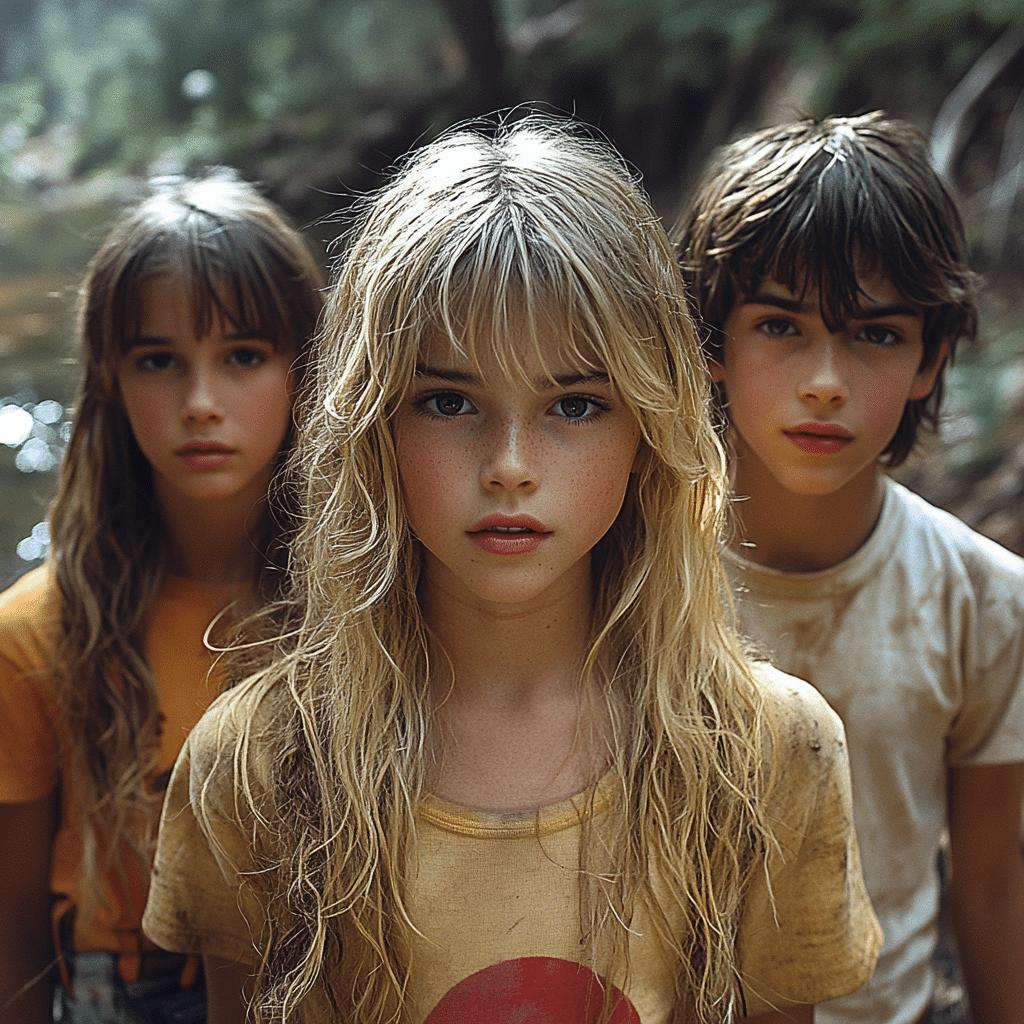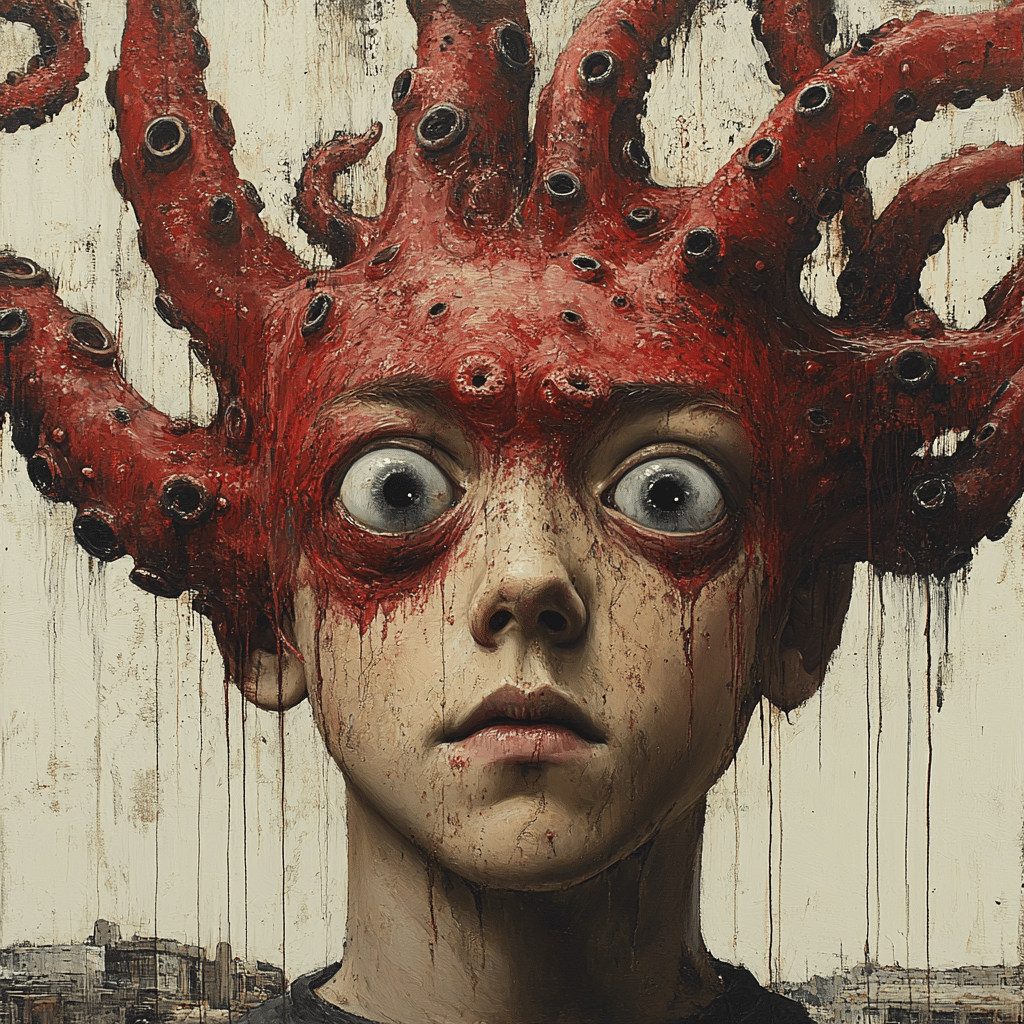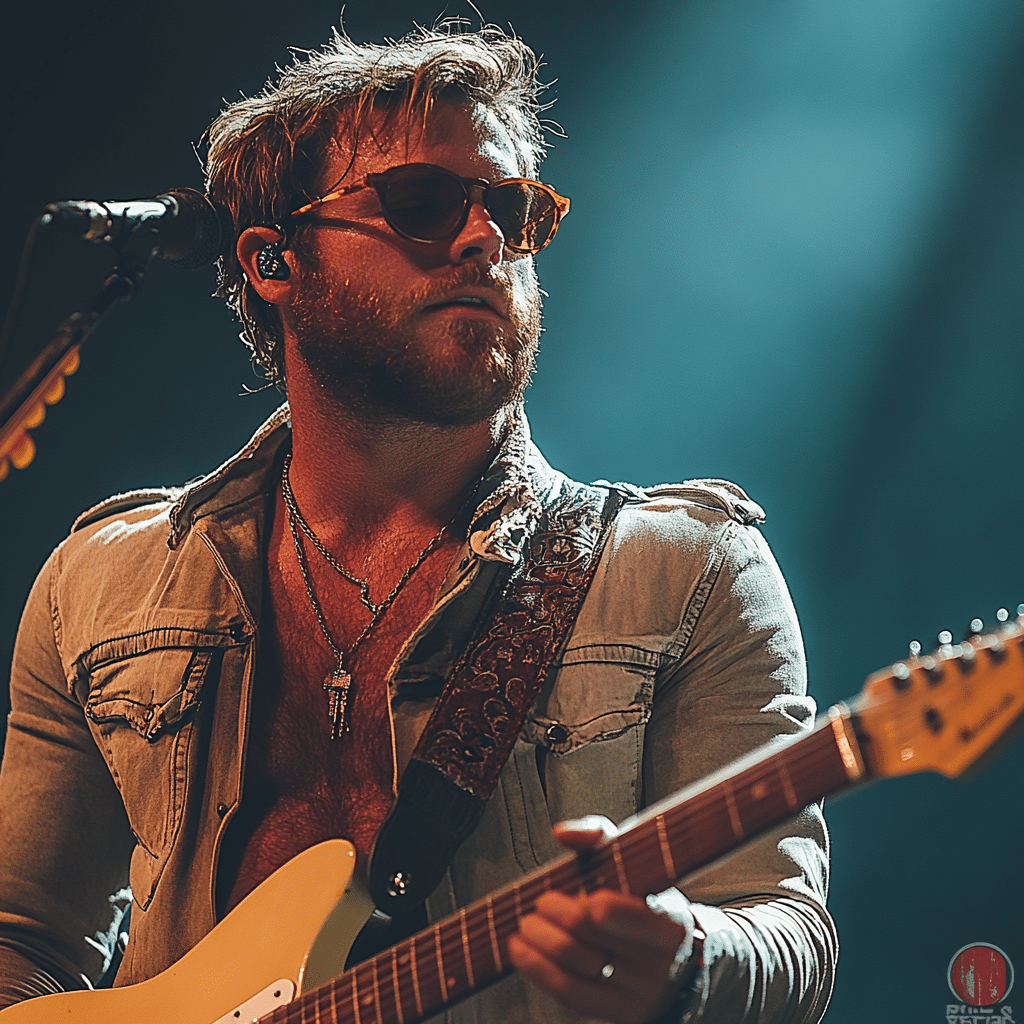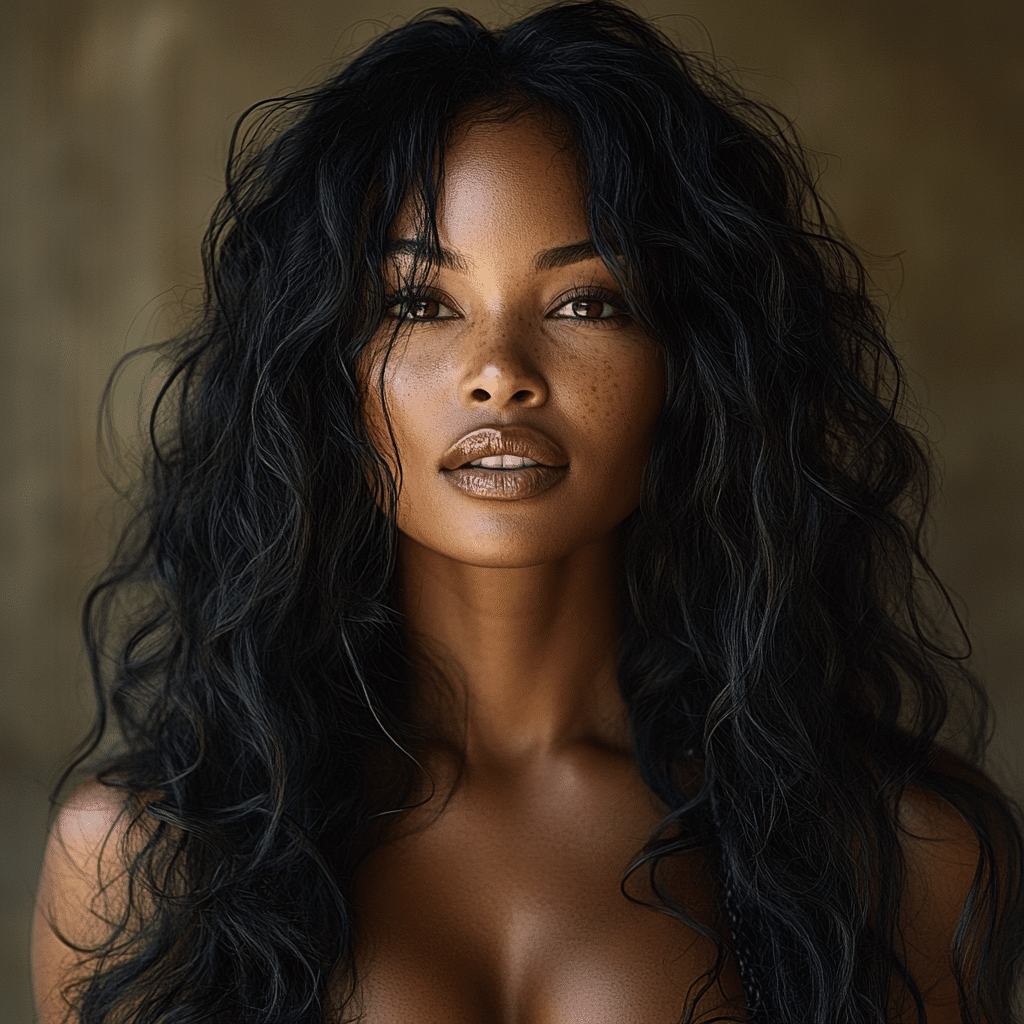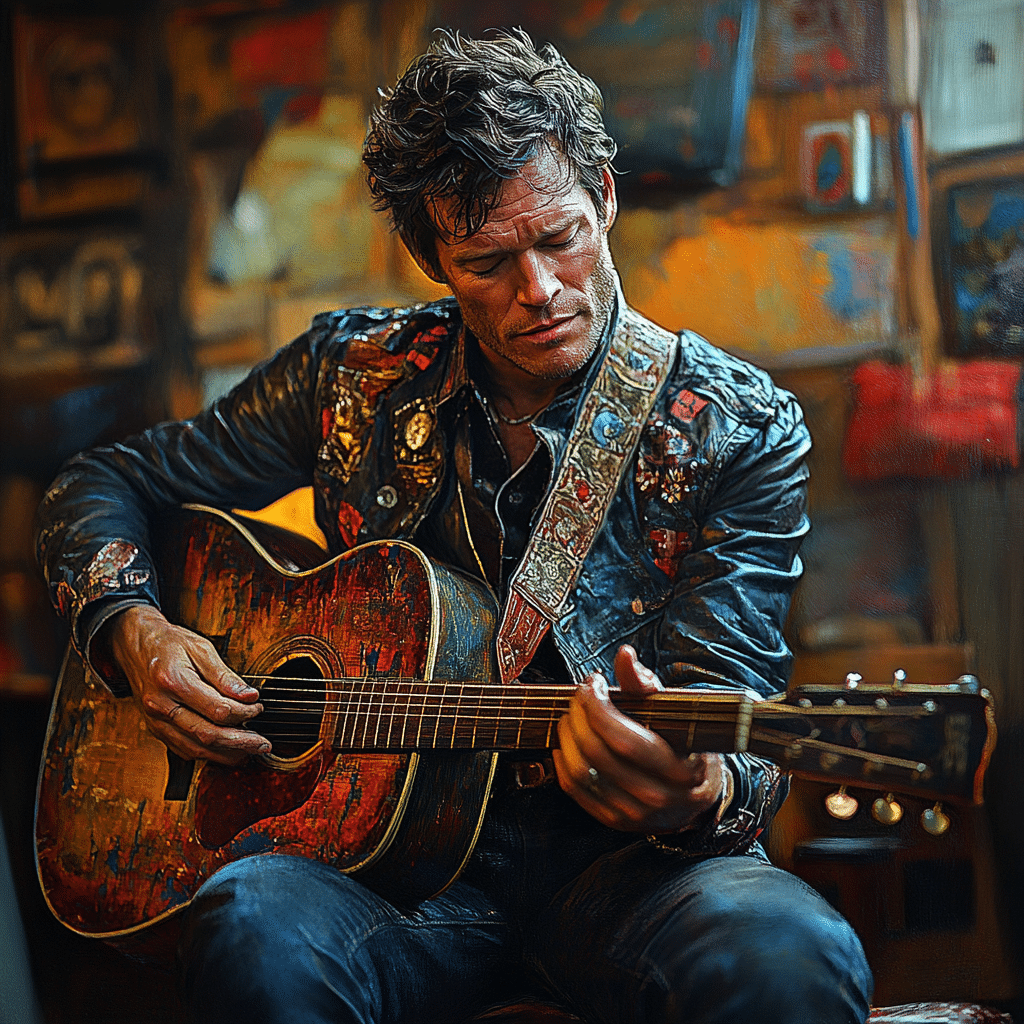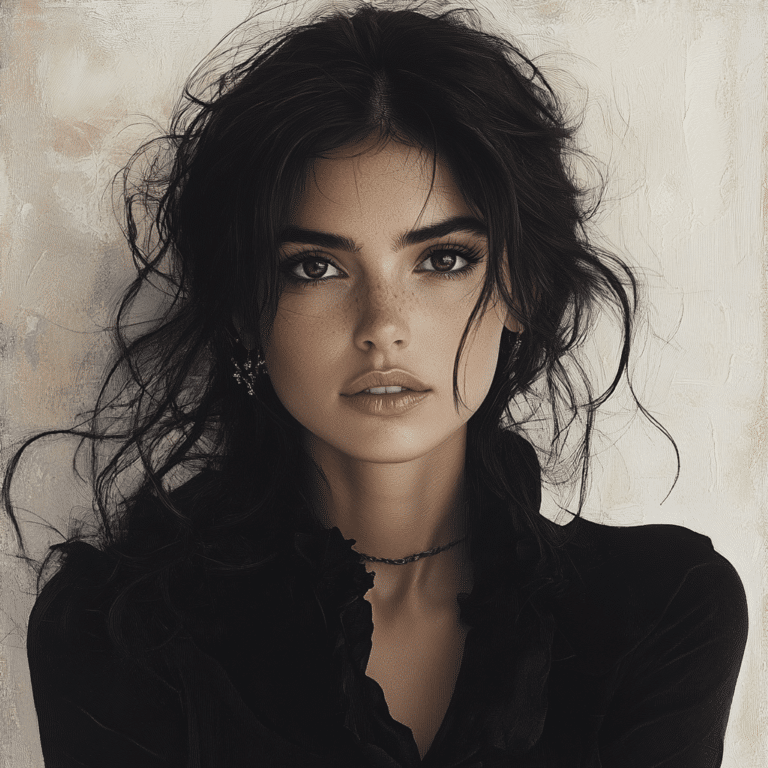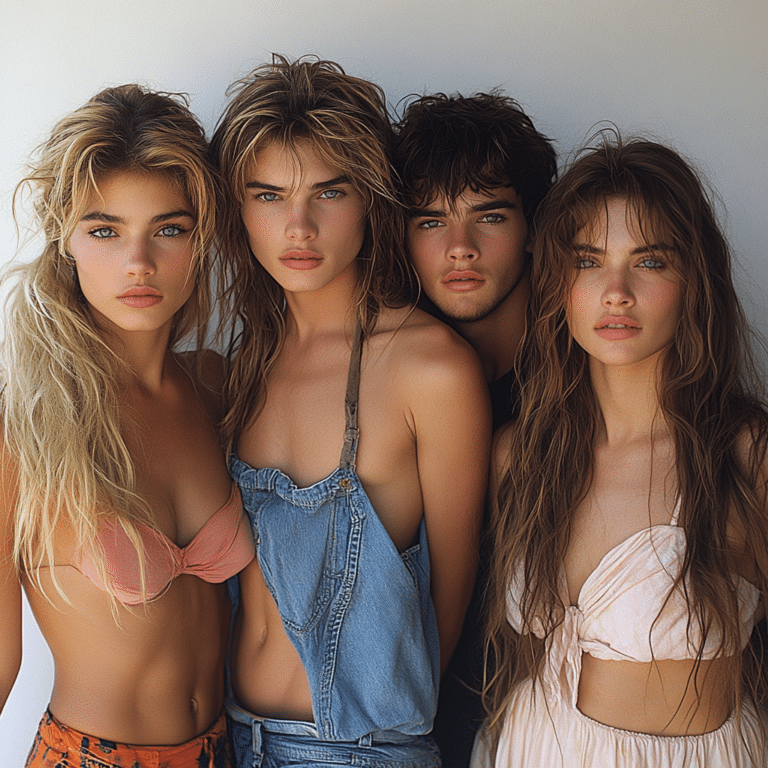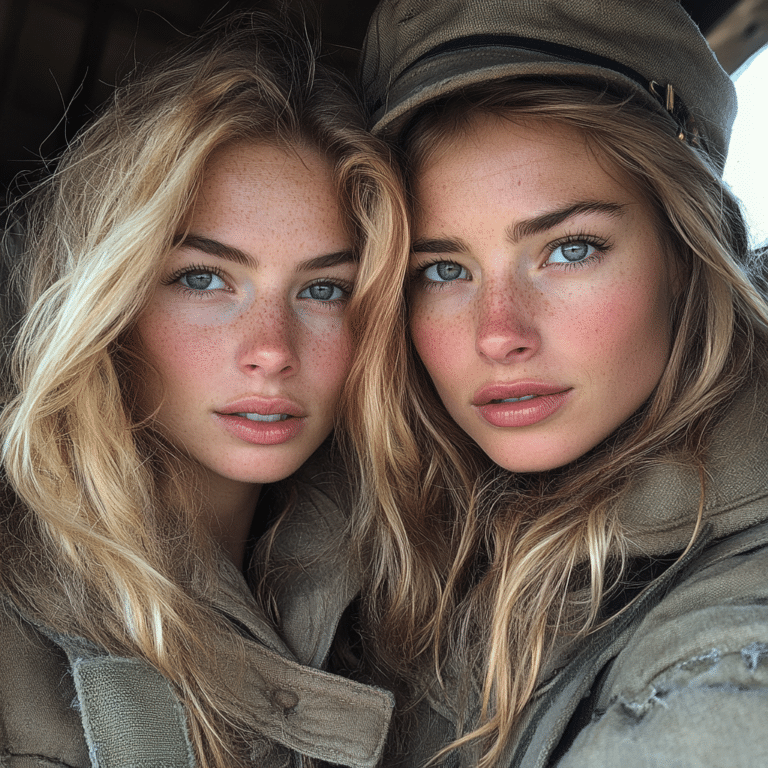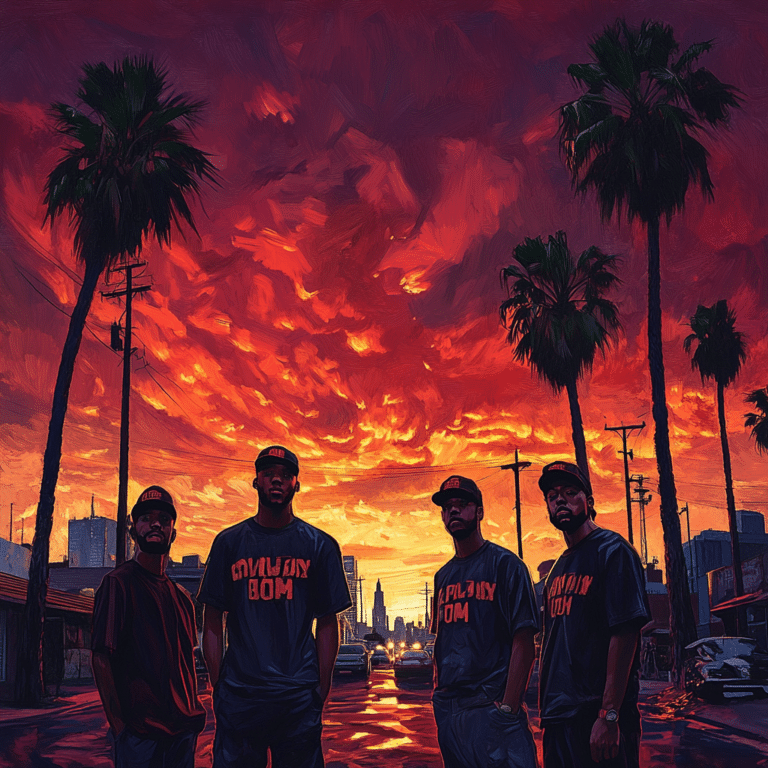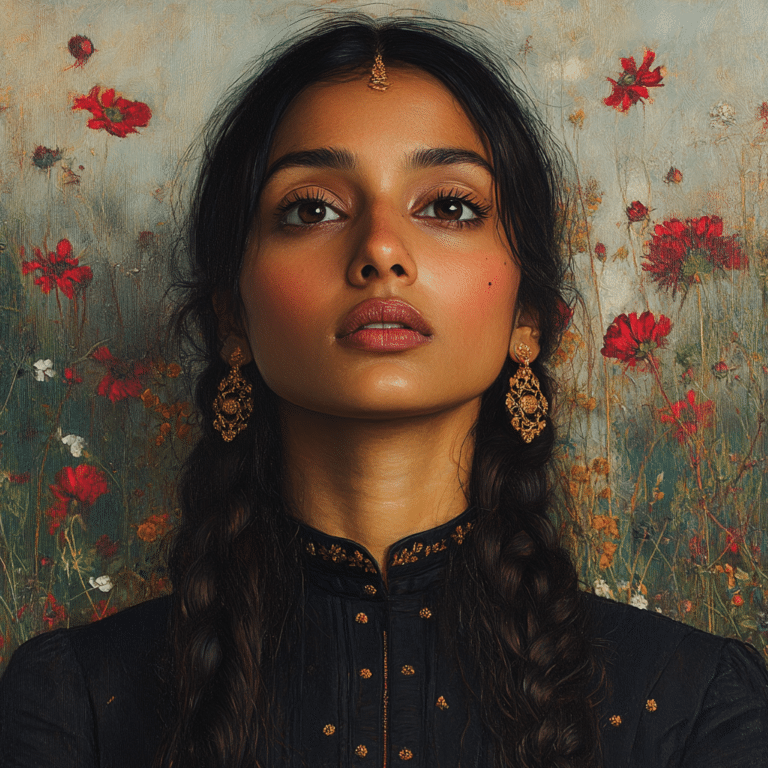When you’re ready to dive into the world of Norse fashion and whip up the ultimate Viking costume, you’ve got to grasp those essential elements that embody authentic Viking style. The Viking Age, which roamed from the 8th to the 11th centuries, gave us some seriously cool clothing made from materials like wool, linen, and leather. These threads didn’t just look good; they were practical, too! Now, whether you’re gearing up for a themed event, cosplay, or a historical reenactment, the essentials we’ll cover will set the stage for an immersive Viking adventure. So, grab your shield, and let’s get started!
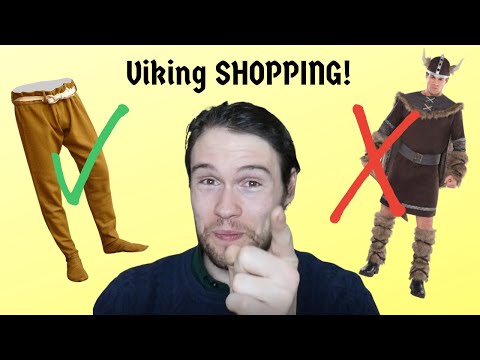
The Foundation of a Viking Costume: Understanding the Essentials
Creating a Viking costume is no walk in the park, but with a little knowledge, you’ll be slaying it in no time. Vikings dressed differently based on gender, age, and social status. Men preferred tunics and trousers, while the ladies donned lovely strap dresses over their undergarments. And believe it or not, most of these clothes were crafted from local materials like wool and flax, lovingly woven by the womenfolk.
To give your costume that je ne sais quoi of authenticity, it’s essential to keep some historical pointers in mind. Earthy colors and simple patterns ruled the Viking wardrobe, so aim for those earthy shades rather than flashy neon! Now, let’s break it down and take a closer look at the must-have items that’ll complete your Viking look.

Top 7 Viking Costume Essentials for Authentic Norse Style
Let’s forge ahead through the captivating world of Viking fashion. Here are seven must-have elements to consider for your Viking costume:
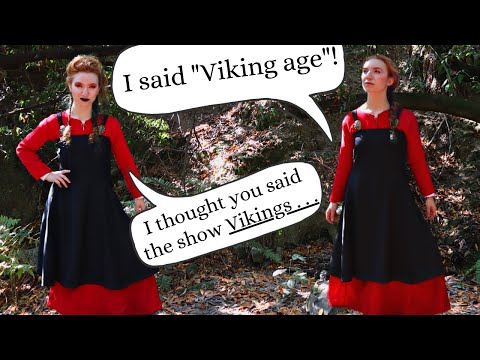
1. Tunic: The Heart of Viking Attire
First and foremost, the tunic is the cornerstone of any Viking outfit. Think of it as the canvas for your ensemble! Look out for options from brands like Museum Replicas, which offers wool or linen tunics mirroring those worn by the Vikings themselves. Stick to earthy hues or those natural dyes to avoid looking like a disco ball lost in time.
Men’s tunics were usually knee-length with wide sleeves, while women’s versions were a bit longer and can be layered over an underdress. This layering adds depth and character to your costume, so embrace it!

2. Trousers or Skirts: Functional and Stylish Choices
Time to talk about bottoms! If you’re a guy, seek out loose-fitting trousers made from wool or linen. Brands like Windlass churn out some fantastic options that check the historical box. For women, long skirts or a layered dress will do the trick, accented with brooches or belts for that extra oomph. You could look at The Historical Clothing Company for splendid choices that are practical yet pretty.
Viking trousers often featured tie or belt closures, while women’s skirts were generally worn high and could be both practical and fashionable. So whether you’re running errands as a modern-day Viking or pretending to raid, you’ll be ready for anything!
3. Cloaks: Practicality Meets Elegance
No Viking costume is truly complete without a sturdy cloak, especially when the wind starts howlin’. A heavy wool or fur cloak doesn’t just look grand; it can also keep you warm on those chilly evenings that Vikings were well accustomed to. Check out Garb the World for an assortment of customizable options that can help you align your cloak with your unique Viking persona.
Cloaks also served another purpose—they kept folks cozy around the campfire and away from unsavory elements, like rain or pesky insects. So grab a cloak, and you’ll be ready to conquer the night!
4. Accessories: The Devil is in the Details
Now here’s where we can get fancy! Accessories are crucial for nailing that Viking vibe. To really celestial your look, think brooches, belts, and adornments that mirror Viking artistry. Check out Etsy shops like Wyrmwood Gaming for fantastic handcrafted pieces that will jazz up your outfit.
Don’t forget larger accessories like arm rings, which weren’t just for show; they also represented status and wealth. So, add a few accessories to that costume—it’s the small things that create a big impact!
5. Footwear: Crafted for Comfort
You wouldn’t want to run into battle or raid a village with uncomfortable shoes now, would ya? Viking footwear usually consisted of simple leather turnshoes or boots. If you’re scouting for something fantastic, Darklyte Solutions specializes in these styles made for modern wearability along with historical correctness.
It’s worth noting that the right footwear can make all the difference in comfort during those long days of revelry or re-enactments. So slip on some well-crafted shoes, and you’re ready to take on those fjords!
6. Helmets and Shields: Gear Up Like a True Warrior
If your Viking costume leans towards the warlike side, don’t overlook helmets and shields. You’ll want to look for those custom-made shields featuring original Viking designs found on specialty websites like Karakuri. Helmets can come plain or adorned; it’s all about your personal vibe! For accessible yet authentic options, check out Museum Replicas.
Remember, these aren’t just decorative pieces. They show you mean business—after all, you can’t raid and conquer without the essentials!
7. Layered Clothing: Embrace the Complex Look
Despite their rugged lifestyles, Vikings knew the power of layering! This not only helped keep folks warm but also allowed them to flaunt social status through the variety of textures and colors they wore. Think long-sleeve shirts or under-tunics beneath your main sartorial statement!
Websites like The Norse Trader offer an array of undergarments that will bolster your layered look. The more, the merrier! Layering adds depth to your costume and makes it more comfortable throughout those epic storytelling nights.
The Modern Evolution of Viking Costume Design
With the calendar flipped to 2024, Viking costume design is changing faster than you can say “Valhalla!” Shows like “Vikings” and films like “The Northman” have infused Viking aesthetics into popular culture, inspiring contemporary interpretations. Even high-fashion brands like Ganni have hopped on the Norse trend, merging historical themes with eco-conscious designs.
In today’s world, it’s not just about dressing up. It’s about embodying the Viking spirit while staying true to sustainability. So, as you prepare for your next Viking adventure, remember to find reputable brands that honor historical integrity but also resonate with modern sensibilities.
Now that you know the essentials of a killer Viking costume, you’re well on your way to channeling your inner Norse warrior or shieldmaiden. Whether it’s a themed event, a costume party, or just a celebration of Norse culture, approaching your costume with the tips outlined here can leave you feeling truly epic. So, don’t just dress the part—own those stories and experiences that make the Viking legacy an enduring one!
Go Forge Your Viking Style!
Whether you fancy yourself a fearsome warrior or a wise shieldmaiden, remember that the Viking spirit lives on through the stories we share and the events we embrace. With your Viking costume essentials at hand, it’s time to raid your closet and create a captivating look that’ll leave others in awe. Happy costume hunting, future Norse star!
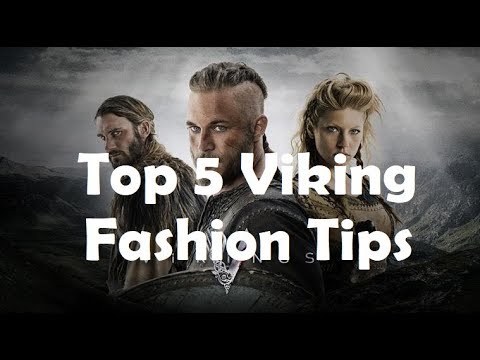
Viking Costume Essentials for Authentic Norse Style
A Taste of Viking Life
Did you know that the Vikings were known for more than just their fierce raids? Their fashion says a lot about their culture, too! A true viking costume often included woolen tunics, leather belts, and intricate jewelry. These outfits were practical for the cold climate of Scandinavia, yet they also displayed status and identity. In fact, many Viking warriors would adorn their outfits with items that showcased their achievements, much like Ralph Macchio’s characters in various films and shows which often had a keen eye for detail and style.
And speaking of details, the materials used were also quite interesting. Vikings often utilized animal skins and furs but also wove their own textiles. The process of spinning wool into thread was essential in their communities, not unlike how modern-day trends influence costume design today. Plus, some historians suggest that the colors they wore might have had symbolic meanings. Just think about how today’s media, like the cast Of Between, captivates audiences with character-driven stories — it’s all about layers!
Accessorize Like a Viking
Now, let’s talk accessories! From brooches to arm rings, Viking jewelry elevated a viking costume from ordinary to extraordinary. These pieces were often made of silver or bronze and could signify wealth or power. Want to get specific? Viking storytellers often wove legends around both characters and items, much like the stack of What Is a mortgage note in modern stories about financial adventures.
For a real cinematic touch, consider incorporating details like belts with pouches or cloaks – these were not just fashion statements; they served practical purposes, such as carrying small valuables. And just as in movies where characters have deep backstories, every piece of Viking jewelry had its own tale attached to it, much like Dávida spins a yarn that leaves audiences enchanted.
The Spirit of the Viking Costume
Finally, let’s not forget about the spirit behind the Viking costume. When forging your Viking look, think about how this attire served a purpose beyond aesthetics. It represented a way of life, with each piece woven together like a financial contract that outlines bonds and real-life commitments — similar to how folks check the current interest rate for a mortgage before making big decisions!
Remember, embodying Viking style is not just about donning a tunic and helmet; it’s about capturing the essence of a time filled with adventure and exploration. So whether you’re headed out for a themed event or diving into historical reenactments, let your viking costume tell a story that’s as rich and flavorful as the ocean waves they once sailed!

Is it okay to dress up as a Viking?
Absolutely, dressing up as a Viking is totally fine! It’s a fun way to celebrate history and express creativity, so go ahead and embrace that warrior spirit.
What do I need for a Viking costume?
For a Viking costume, you’ll want a long sleeve tunic, a leather belt, billowy trousers that you can secure with wrappings, and some leather turnshoes. You might also consider adding a cloak or a cape for flair.
What did Vikings typically wear?
Vikings typically wore sturdy, practical clothing made from local materials. Men commonly donned trousers and tunics, while women wore strap dresses over undergarments, all crafted primarily from wool and flax.
What should I wear to a Viking festival?
At a Viking festival, you should aim for authentic attire! Think along the lines of tunics, trousers, and cloaks. Accessories like belts and period-appropriate gear will complete your look.
How to dress like a Viking woman?
To dress like a Viking woman, start with a strap dress over an undergarment, and don’t forget to add a belt at the waist. You can also accessorize with jewelry or a headpiece to add that authentic touch.
How did Viking girls dress?
Viking girls generally dressed like their adult counterparts but in smaller sizes. They wore simple dresses or tunics, often layered for warmth, and sometimes they had decorative elements like embroidery.
How to dress like a Viking on a budget?
If you’re on a budget, focus on the basics. You can make a tunic from a simple oversized shirt, use a belt to cinch it, and wrap some leggings or trousers to mimic Viking styles without breaking the bank.
What is a female Viking warrior called?
A female Viking warrior is often referred to as a “shieldmaiden.” These fierce women were said to fight alongside their male counterparts, standing strong on the battlefield.
What colors were Viking clothes?
Viking clothing came in a variety of colors, usually made from natural dyes. Common shades included browns, greens, reds, and yellows, though higher statuses might sport brighter or more vibrant fabrics.
What type of shoes did Vikings wear?
Vikings typically wore leather turnshoes, which were practical for their lifestyle. The shoes were often flat and designed to accommodate their rugged outdoor activities.
What did female Vikings look like?
Female Vikings generally had a practical yet beautiful look, often featuring braided hair and decorative clothing. They adorned themselves with jewelry and attention to detail that showcased their status.
What do the Viking colors mean?
The colors of Viking clothing often carried meanings, with brighter shades representing wealth or status. Darker tones were more common for everyday wear, reflecting practicality.
Is it OK to dress like a Viking for Halloween?
Dressing like a Viking for Halloween is perfectly acceptable! It’s a great way to blend fun and education by paying homage to their fascinating culture.
What do people wear to dinner on Viking?
For a Viking dinner, people would typically wear casual yet practical clothing, such as tunics and trousers, reflecting the community spirit of sharing a meal together.
What was the traditional color of the Viking wedding dress?
The traditional color of a Viking wedding dress was usually white or light colors, although it could vary by status and region. The dresses often featured intricate designs that represented their family or clan.
Is being a Viking a culture?
Yes, being a Viking does encompass a culture rich in history, beliefs, and social structures. It includes language, mythology, customs, and shared experiences that defined their way of life.
Did Vikings care about their appearance?
Vikings certainly cared about their appearance! They often groomed themselves well, using hair products and taking part in bathing and hygiene rituals to present a polished look.
Are Vikings costumes accurate?
Viking costumes can vary in accuracy, depending on the source. While some modern representations capture the spirit and elements of Viking attire, they might include embellishments that differ from historical facts.
What is a Viking dress called?
A Viking dress is often referred to as a “gunnr” or “kirtle,” which were typical garments worn by women. These dresses were usually made from wool or linen and could be adorned with decorative belts or accessories.

